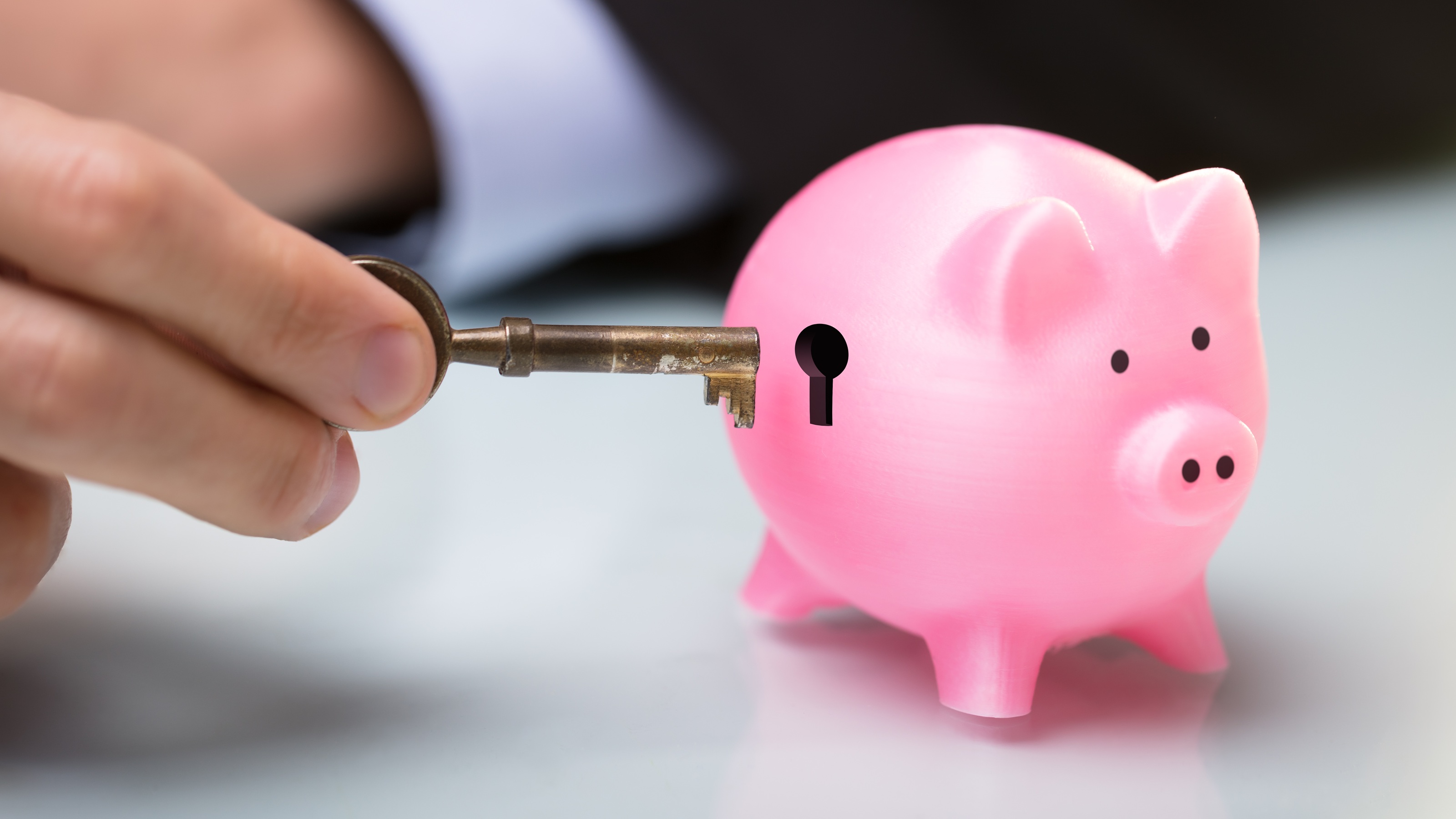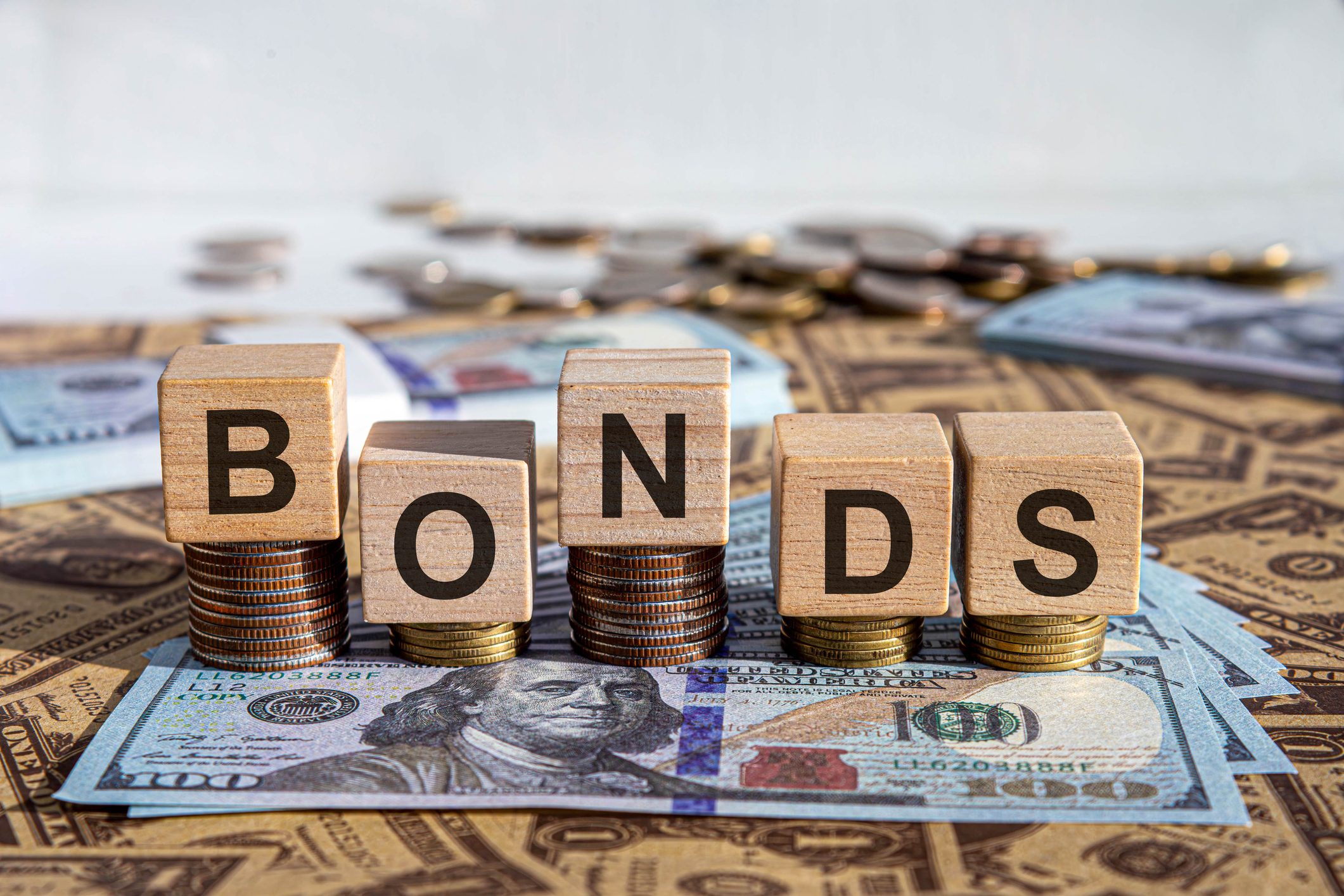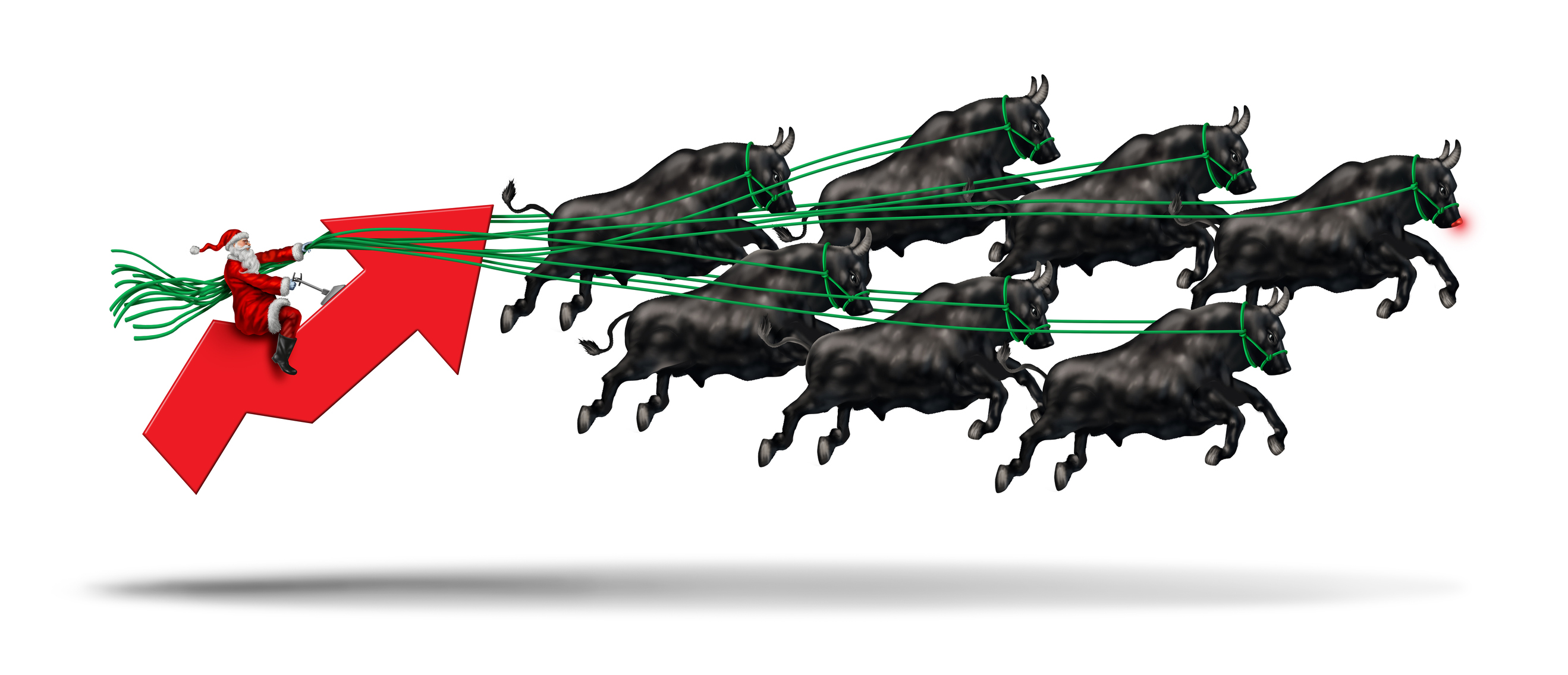Kiplinger Energy Outlook: No Major Pain at the Pump This Thanksgiving Weekend
Folks hitting the road this holiday will see gas prices in line with last year.

Kiplinger’s Economic Outlooks are written by the staff of our weekly Kiplinger Letter and are unavailable elsewhere. Click here for a free issue of The Kiplinger Letter or to subscribe for the latest trends and forecasts from our highly experienced Kiplinger Letter team.
If you’re one of the millions of Americans driving to visit friends or family this Thanksgiving, you shouldn’t have too much to complain about at the gas station. The national average price of regular unleaded is now $3.07 per gallon, just one penny more than it was on this date a year ago. And with crude oil prices weakening, the retail price of gas might actually dip slightly as the busy travel days approach. Truckers hauling holiday items will pay a bit more for diesel, though. It is averaging $3.79 per gallon nationwide, up from $3.54 a year ago. Chemically similar heating oil is also up modestly this year, in line with diesel’s rise.
Oil prices have been trending lower on the combination of ample global supplies and seasonally soft demand. Benchmark West Texas Intermediate crude recently traded around $58 per barrel, after spending most of this year in the $60s or low $70s. Consumers will benefit from the downturn in the form of cheaper refined fuels. But producers will struggle to maintain their profit margins with crude trading below $60. We look for WTI to stay at or below $60 per barrel as late fall turns to winter. For now, there are no major signs that demand is poised to perk up, while supply should remain on the high side. The one wild card is U.S. sanctions and other sanctions on Russia’s oil exports in retaliation for its ongoing war on Ukraine, which could tighten global oil markets if they are enforced aggressively enough.
From just $107.88 $24.99 for Kiplinger Personal Finance
Become a smarter, better informed investor. Subscribe from just $107.88 $24.99, plus get up to 4 Special Issues

Sign up for Kiplinger’s Free Newsletters
Profit and prosper with the best of expert advice on investing, taxes, retirement, personal finance and more - straight to your e-mail.
Profit and prosper with the best of expert advice - straight to your e-mail.
Natural gas prices have rebounded on weather forecasts showing a sharp cold spell across much of the United States, arriving around Thanksgiving. Benchmark gas futures contracts recently traded near $4.50 per million British thermal units, after spending most of this year below $3 per MMBtu. Whether the price spike proves durable or fleeting depends on whether the cold weather sticks around. If it does, we expect gas futures to stay above $4 per MMBtu, and possibly hit $5. That would translate into noticeably higher heating bills this winter for the many households that rely on natural gas.
Related content
- Gas-Saving Tips That Actually Work
- Who Controls Gas Prices in the US?
- Save Money on Heating Costs With These Easy Solutions
Profit and prosper with the best of Kiplinger's advice on investing, taxes, retirement, personal finance and much more. Delivered daily. Enter your email in the box and click Sign Me Up.

Jim joined Kiplinger in December 2010, covering energy and commodities markets, autos, environment and sports business for The Kiplinger Letter. He is now the managing editor of The Kiplinger Letter and The Kiplinger Tax Letter. He also frequently appears on radio and podcasts to discuss the outlook for gasoline prices and new car technologies. Prior to joining Kiplinger, he covered federal grant funding and congressional appropriations for Thompson Publishing Group, writing for a range of print and online publications. He holds a BA in history from the University of Rochester.
-
 Premium Rewards Cards: More Perks, Higher Fees
Premium Rewards Cards: More Perks, Higher FeesSome issuers are hiking the annual fee on their flagship luxury credit cards by hundreds of dollars. Are they still worth using?
-
 3 Trips to Escape the Winter Doldrums, Including An Epic Cruise
3 Trips to Escape the Winter Doldrums, Including An Epic CruiseThree winter vacation ideas to suit different types of travelers.
-
 The Retirement Income Trinity: Cash Flow, Longevity and Tax
The Retirement Income Trinity: Cash Flow, Longevity and TaxRetirement income planning is essential for your peace of mind — it can help you maintain your lifestyle and ease your worries that you'll run out of money.
-
 How to Master the Retirement Income Trinity: Cash Flow, Longevity Risk and Tax Efficiency
How to Master the Retirement Income Trinity: Cash Flow, Longevity Risk and Tax EfficiencyRetirement income planning is essential for your peace of mind — it can help you maintain your lifestyle and ease your worries that you'll run out of money.
-
 I'm an Insurance Expert: Sure, There's Always Tomorrow to Report Your Claim, But Procrastination Could Cost You
I'm an Insurance Expert: Sure, There's Always Tomorrow to Report Your Claim, But Procrastination Could Cost YouThe longer you wait to file an insurance claim, the bigger the problem could get — and the more leverage you're giving your insurer to deny it.
-
 Could a Cash Balance Plan Be Your Key to a Wealthy Retirement?
Could a Cash Balance Plan Be Your Key to a Wealthy Retirement?Cash balance plans have plenty of benefits for small-business owners. For starters, they can supercharge retirement savings and slash taxes. Should you opt in?
-
 Changes Are Coming for This Invesco Bond Fund
Changes Are Coming for This Invesco Bond FundThe Invesco BulletShares 2026 Corporate Bond ETF's bonds will mature in 2026. Here's what investors should do.
-
 7 Retirement Planning Trends in 2025: What They Mean for Your Wealth in 2026
7 Retirement Planning Trends in 2025: What They Mean for Your Wealth in 2026From government shutdowns to market swings, the past 12 months have been nothing if not eventful. The key trends can help you improve your own financial plan.
-
 What Defines Wealth: Soul or Silver? Good King Wenceslas' Enduring Legacy in the Snow
What Defines Wealth: Soul or Silver? Good King Wenceslas' Enduring Legacy in the SnowThe tale of Good King Wenceslas shows that true wealth is built through generosity, relationships and the courage to act kindly no matter what.
-
 An Investing Pro's 5 Moves to Help Ensure 2025's Banner Year in the Markets Continues to Work Hard for You in 2026
An Investing Pro's 5 Moves to Help Ensure 2025's Banner Year in the Markets Continues to Work Hard for You in 2026After a strong 2025 in the stock market, be strategic by rebalancing, re-investing with a clear purpose and keeping a disciplined focus on your long-term goals.
-
 The Santa Claus Rally Officially Begins: Stock Market Today
The Santa Claus Rally Officially Begins: Stock Market TodayThe Santa Claus Rally is officially on as of Wednesday's closing bell, and initial returns are positive.